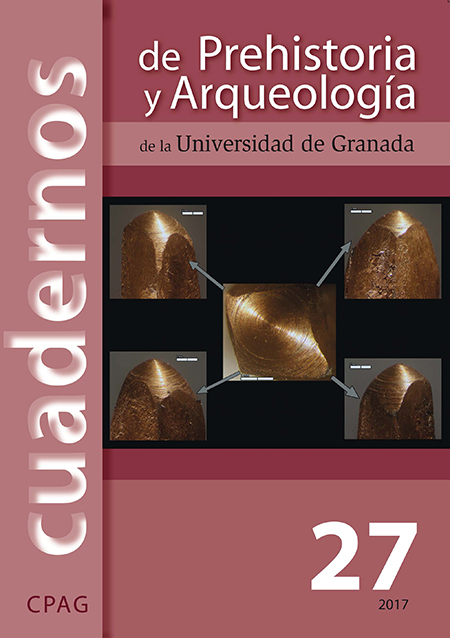HUNTING PROJECTILE WEAPONRY OF BYKI LATE UPPER PALEOLITHIC SITES (CENTER OF EASTERN EUROPE): THE CO-COEXISTENCE OF BONE AND FLINT POINTS
##plugins.themes.xejournal.article.main##
Abstract
The article deals with a specific Late Upper Paleolithic Byki site complex, situated in the Seim river basin, in the center of Eastern Europe. Main feature of Byki 1, 2, 3, 7 (cultural layers I and Ia) sites is presence of geometric microliths (triangles) in their flint assemblages. The sites’ radiocarbon uncalibrated dates are in between 18000 and 16 000 BP. Late Upper Paleolithic human visitors at Byki sites have been not living for a long time there. Byki site fauna collections are characterized by a dominance of ungulate and fur game species, while the rest known Late Last Glacial sites in the center of Eastern Europe and in the Seim river basin show a clear prevalence of mammoth. The aim of the present study was to understand a relationship between bone and flint hunting projectile weaponry at Byki sites. Our study showed a singleness of bone points there, although rather numerous and various bone / antler and ivory artifacts are well known in the Byki assemblages. At the same time, serial flint triangles serving, high likely, as arrowheads, have been basic hunting projectile weaponry elements for Byki
site human inhabitants.



